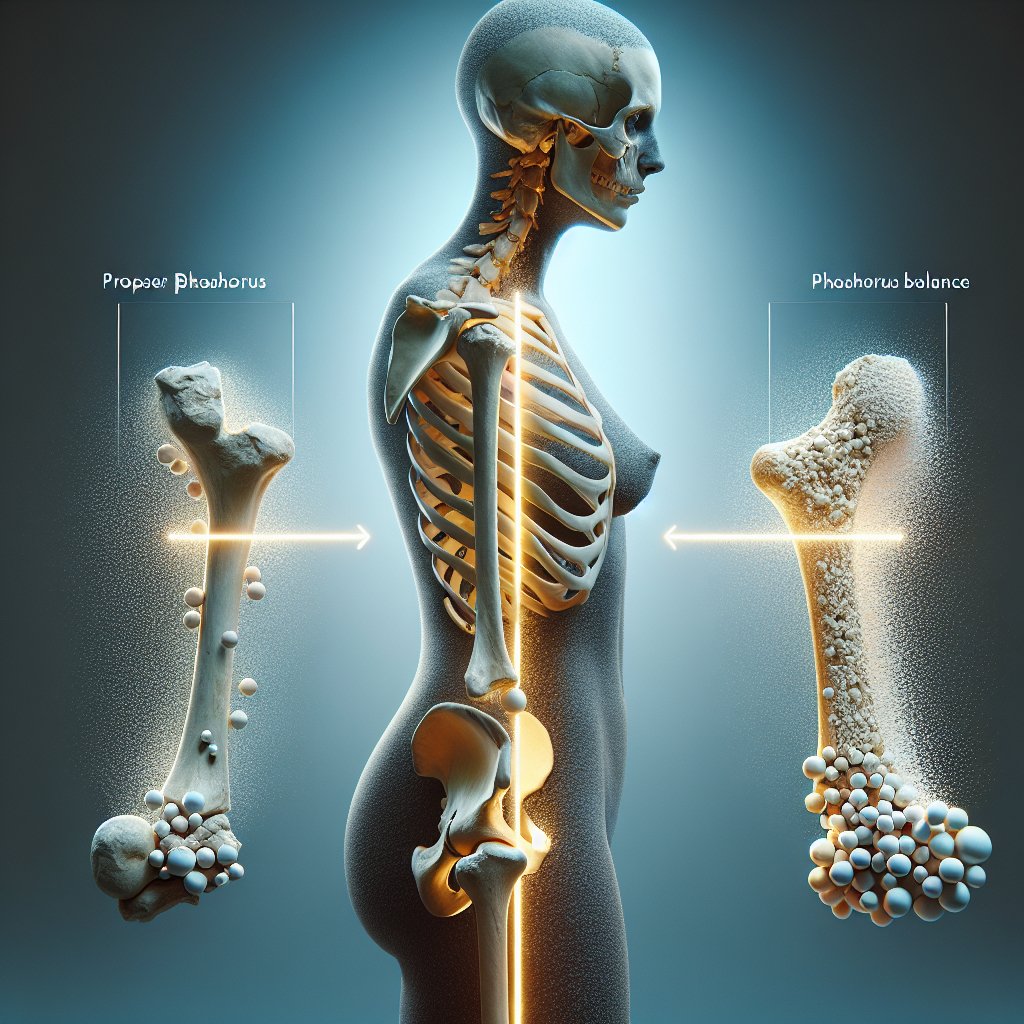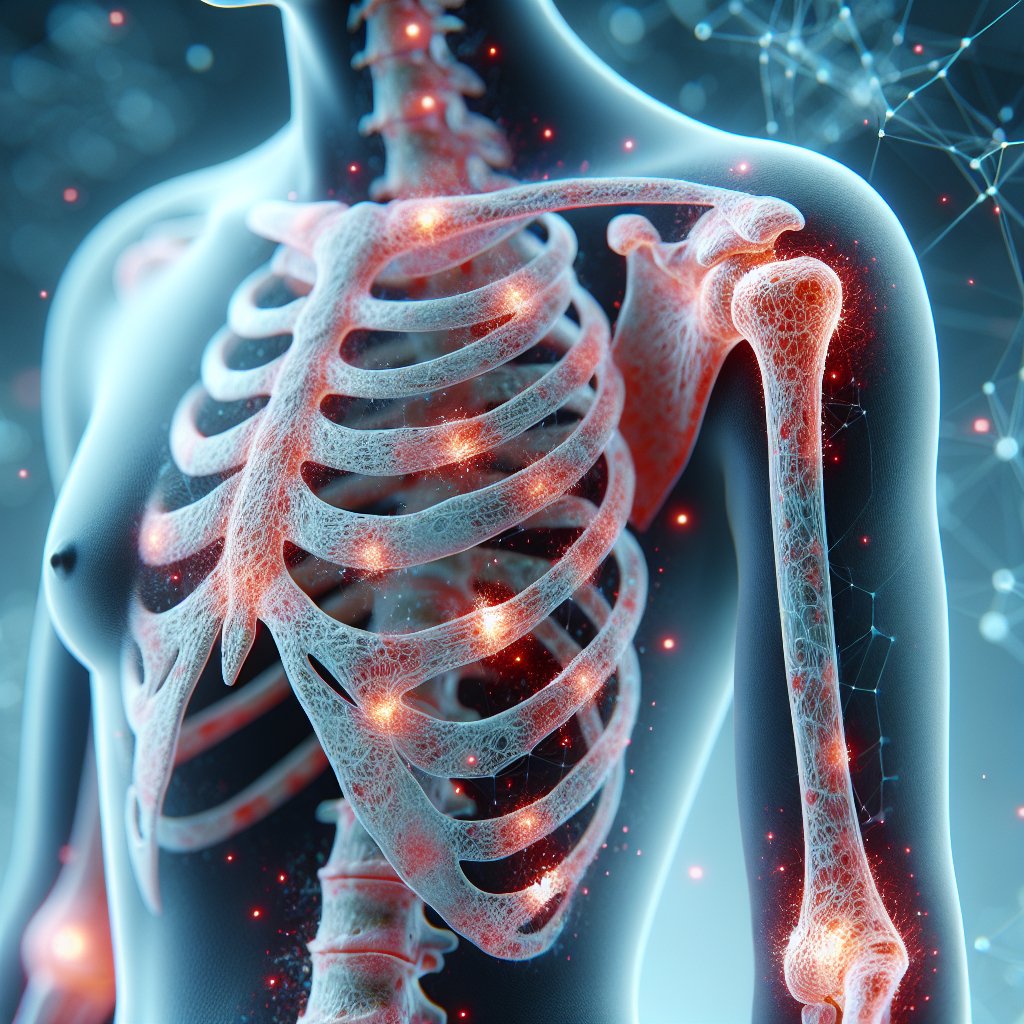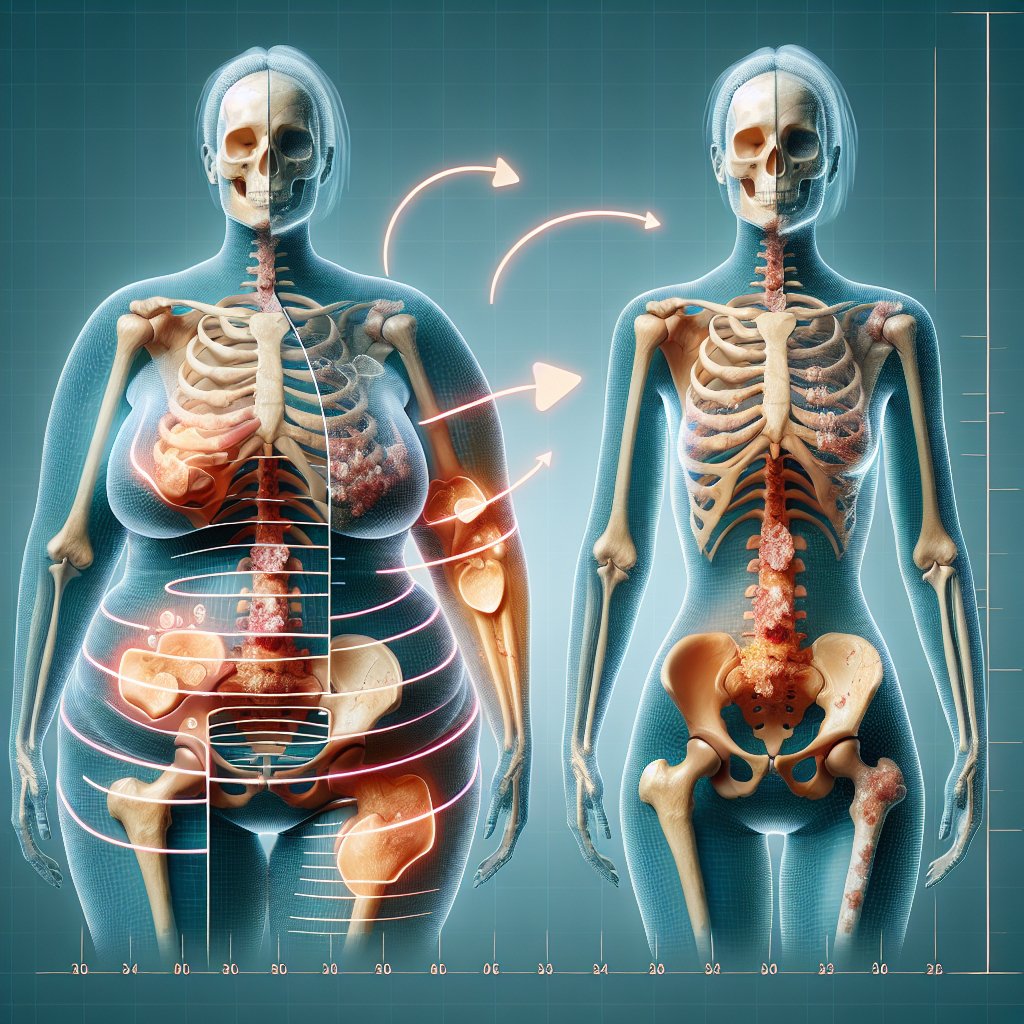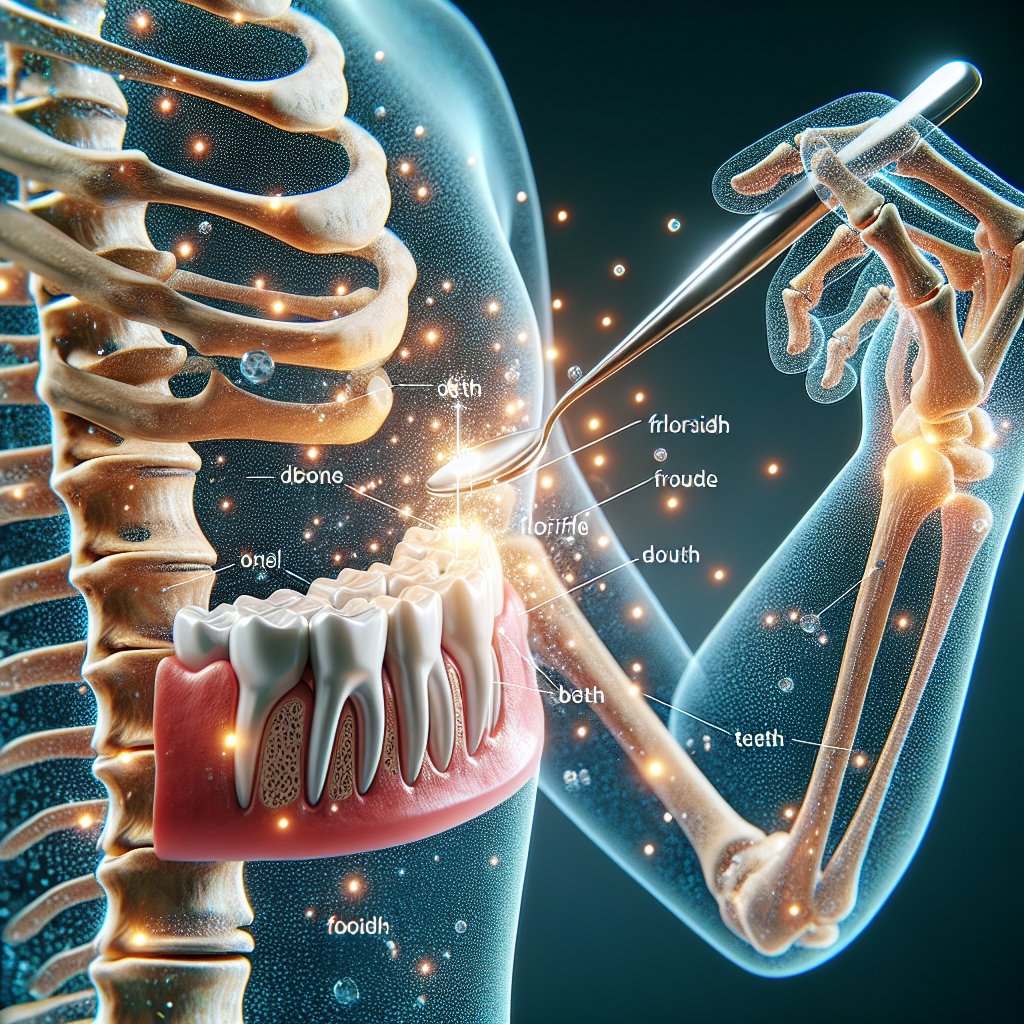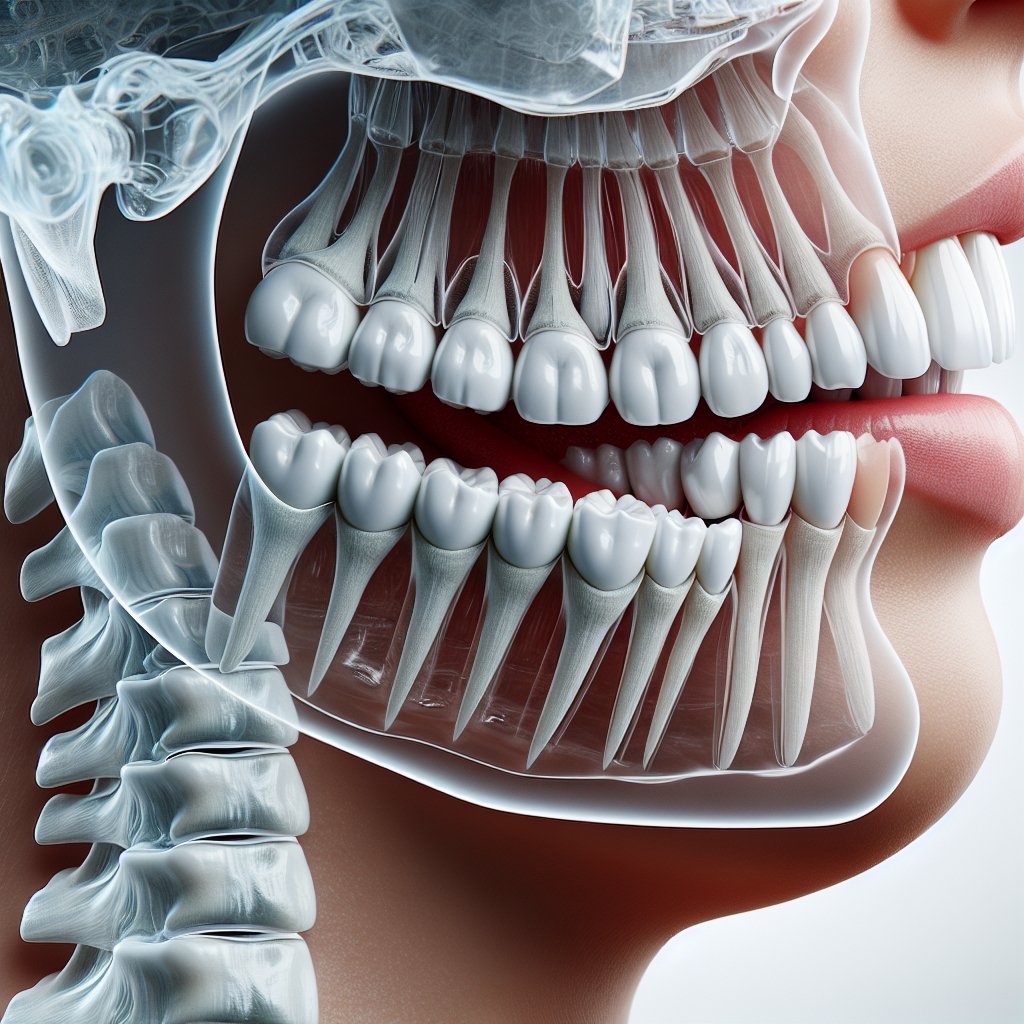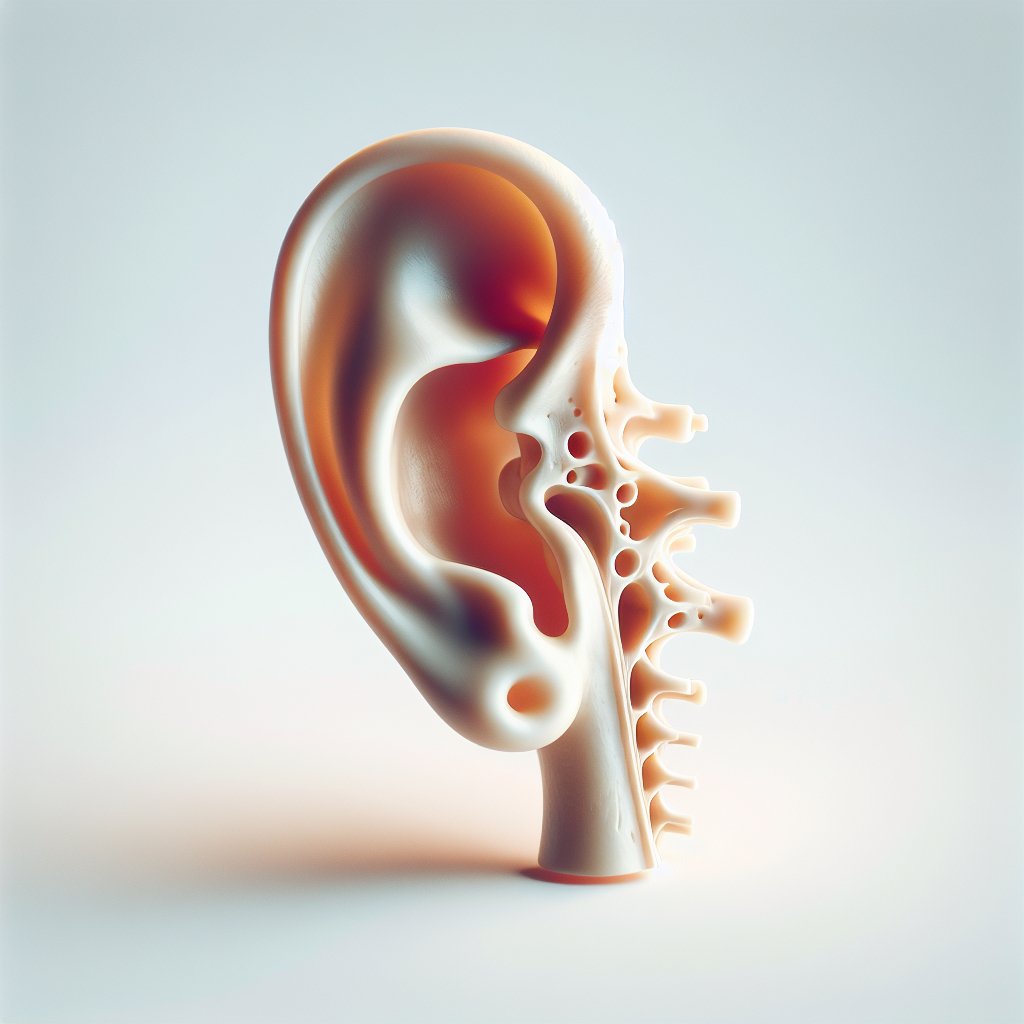The stapes, a tiny bone located in the middle ear, holds the title of the smallest bone in the human body. Despite its minuscule size, measuring just about 0.1 inches (2.5 mm) in length, the stapes plays a crucial role in the auditory system. This article will explore the anatomy, function, and significance of the stapes, as well as its role in hearing and potential health issues associated with it.
Anatomy of the Stapes
The stapes is one of three ossicles in the middle ear, alongside the malleus (hammer) and incus (anvil). Together, these bones form a chain that transmits sound vibrations from the outer ear to the inner ear. The stapes is shaped somewhat like a stirrup, which is where it gets its name from the Latin word “stapes,” meaning stirrup.
Structurally, the stapes consists of three main parts:
- Head: The upper part of the stapes that connects to the incus.
- Body: The central portion that provides stability and support.
- Footplate: The bottom part that fits into the oval window of the cochlea, a fluid-filled structure in the inner ear.
The stapes is held in place by ligaments and is surrounded by the tympanic cavity, which is filled with air. This unique positioning allows the stapes to effectively transmit sound vibrations from the eardrum to the inner ear, where they are converted into neural signals that the brain interprets as sound.
Function of the Stapes in Hearing
The primary function of the stapes is to amplify and transmit sound vibrations. When sound waves enter the ear, they cause the eardrum to vibrate. These vibrations are then transferred to the malleus, which is connected to the incus, and finally to the stapes. The stapes acts as a bridge between the middle ear and the inner ear, where the cochlea is located.
As the stapes moves, it pushes against the oval window, creating pressure waves in the fluid of the cochlea. This movement is essential for the conversion of mechanical sound vibrations into electrical signals that can be interpreted by the auditory nerve and sent to the brain. The stapes, therefore, plays a vital role in our ability to hear and understand sounds.
Significance of the Stapes
The stapes may be small, but its significance in the auditory system cannot be overstated. Any dysfunction or damage to this bone can lead to hearing loss or impairment. One common condition associated with the stapes is otosclerosis, a disorder characterized by abnormal bone growth around the stapes, which can immobilize the bone and hinder its ability to transmit sound effectively.
Otosclerosis often leads to conductive hearing loss, where sound waves cannot efficiently travel through the ear. This condition can be hereditary and may affect individuals in their 20s or 30s. Treatment options for otosclerosis may include hearing aids or surgical procedures, such as stapedectomy, where the stapes is replaced with a prosthetic device to restore hearing.
Health Issues Related to the Stapes
Aside from otosclerosis, there are other health issues that can affect the stapes and overall hearing ability. These include:
- Otosclerosis: As mentioned, this condition involves abnormal bone growth around the stapes, leading to hearing loss.
- Ossicular chain discontinuity: This occurs when there is a break in the chain of ossicles, which can result from trauma or chronic ear infections.
- Cholesteatoma: A growth of skin cells in the middle ear that can erode the ossicles, including the stapes, leading to hearing loss.
- Ear infections: Chronic infections can lead to fluid buildup in the middle ear, affecting the movement of the stapes and causing temporary hearing loss.
Regular check-ups with an audiologist or an ear, nose, and throat (ENT) specialist are essential for maintaining ear health and addressing any potential issues related to the stapes and the auditory system.
Conclusion
The stapes, though the smallest bone in the human body, plays an outsized role in our ability to hear. Its intricate structure and function are vital for the transmission of sound vibrations from the outer ear to the inner ear. Understanding the anatomy and significance of the stapes can help us appreciate the complexities of the auditory system and the importance of ear health. As research continues to advance, we may uncover even more about this tiny yet essential bone and its impact on our hearing capabilities.



